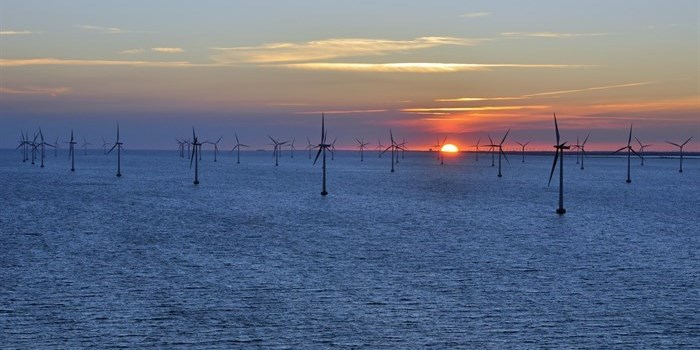
DC grids for integration of large scale wind power – concluding report from the OffshoreDC project
The Nordic countries have succeeded in developing offshore wind power at a large scale, and the ambitious goals for the market share of offshore wind power within 2030 is well…
The Nordic countries have succeeded in developing offshore wind power at a large scale, and the ambitious goals for the market share of offshore wind power within 2030 is well within reach. Nordic research efforts have been crucial to this success, involving industry partners, research partners and Nordic public funding in a serial of projects resulting from the Nordic Top-level Research Initiative (Toppforskningsinitiativet) in 2009. One of the projects, Offshore DC, are currently summarising their results from five years of Nordic collaboration.
The challenge: How to integrate wind power in a large scale?
Europe have high ambitions for offshore wind electricity. However, to unlock the full potential it has been crucial to develop knowledge on high-voltage direct current (HVDC) to connect offshore wind farms to the onshore grid.
Voltage-Sourced Converter (VSC) based HVDC technology has been studied by a Nordic research/industry consortium throughout a five-year period, and now (December 2016) the Offshore DC project is presenting its final report. The results include new optimized solutions to improve the technical performance of VSC based HVDC grids, development of control and operation systems for clusters of wind power plants, and a grid design for the Baltic Sea. The studies include modelling and simulations of DC transmission systems, analysis of the electricity market around the Baltic Sea, and technical testing in laboratories and in full scale.
-The project has been crucial for the development of new theoretical insight into operation and control of DC interconnected offshore wind power in the Baltic Sea, says Nicolaos Antonio Cutululis. He is a senior researcher at Denmark Technical University, DTU Wind Energy, and have coordinated the project. – Without this new knowledge Nordic energy sector would not be in the front of industrial development, which it is today.
Raising a new breed of researchers
The idea of the project was developed in 2009. At this time there were a lot of interest in the industry for the potential in offshore DC grids and wind. However, there were many questions that needed to be investigated before the visions could be transformed to reality.
– We needed to educate a new breed of researchers, says Cutululis. There was a lack of professionals with experience on the issue, both among researchers and industrial partners/developers. Therefore, the PhD programme was essential.
There were three industrially driven doctoral studies. The young researchers worked directly with the industry, testing models in laboratories and making computer simulations before full scale solutions were produced. There were a serials of workshops in addition to theoretical training for the PhDs. The collaboration worked very good. All PhD students are now employed at various industry partners, following up on the new solutions/knowledge. It has been a win-win situation for industry and universities.
Nordic collaboration made the difference
This was a Nordic partnership. The consortium was set up especially for the purpose, and Toppforskningsinitiativet provided the opportunity to establish this new partnership of industry and research partners across the national borders.
Project partners include DTU Wind Energy (project co-ordinator), DTU Electrical Engineering, Aalborg University, DONG Energy and Energinet.dk, all from Denmark. Swedish partners include Chalmers University and ABB. Norwegian partners includes SINTEF and Statnett. VTT is partner from Finland.
-Together the Nordic countries are strong, says Cutululis. – Without the Nordic funding we would not work together. The alternative would be either national funding, where only industry partners of the same nationality is included, or European funding, which would require a larger and broader consortium. Offshore DC had the critical mass of people for the activities, the right size of the team.
Nordic collaboration goes on also after the research project has been completed. There is still some interaction, and new projects are building on the knowledge that was achieved. However, the availability of Nordic funding is affecting the amount of Nordic collaboration. From the experience of Cutululis, there are limited opportunities today for Nordic funding for technical following-up research.
-I believe this research project has been a great success, says Peter Børre Eriksen, Chief Engineer at Energinet.dk. As chairman of Program 4 “Integration of large scale wind power” he has observed the progress of the work. – Through cross Nordic cooperation new researchers have been educated and important new knowledge has been achieved within performance, control and operation of VSC based HVDC grids and offshore wind generators.
Download the final report and read more at the project web site.
